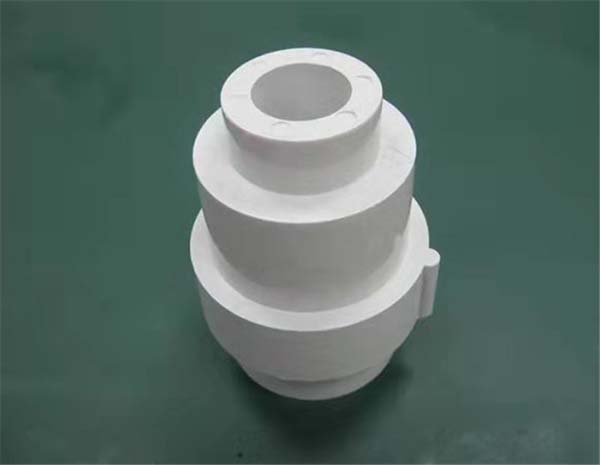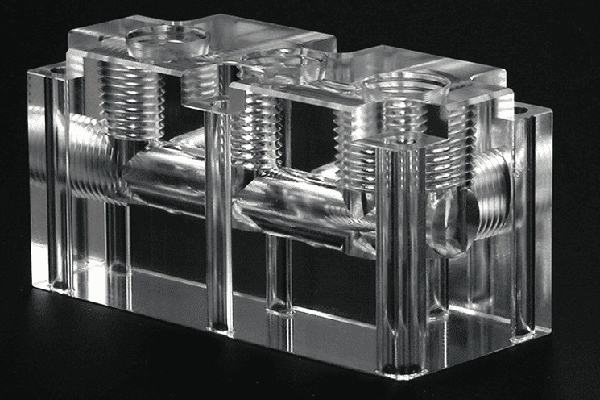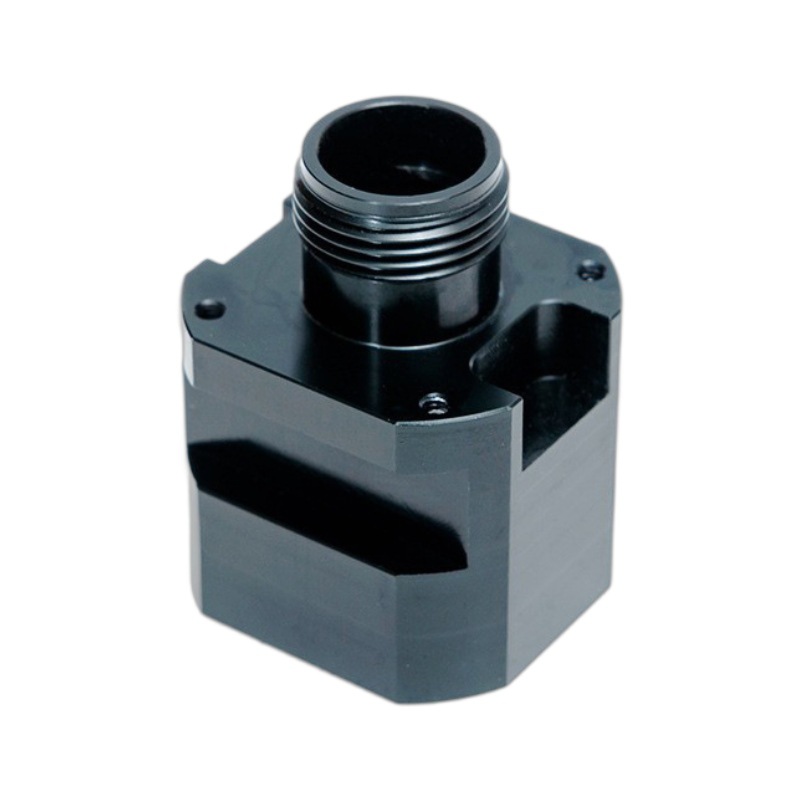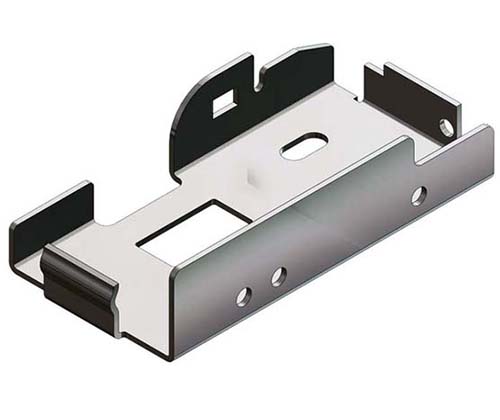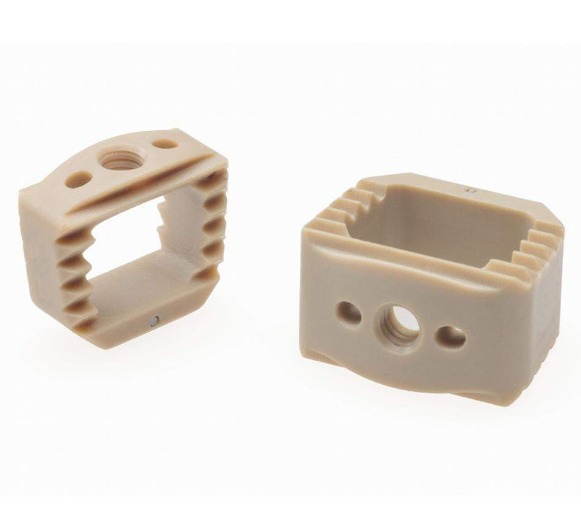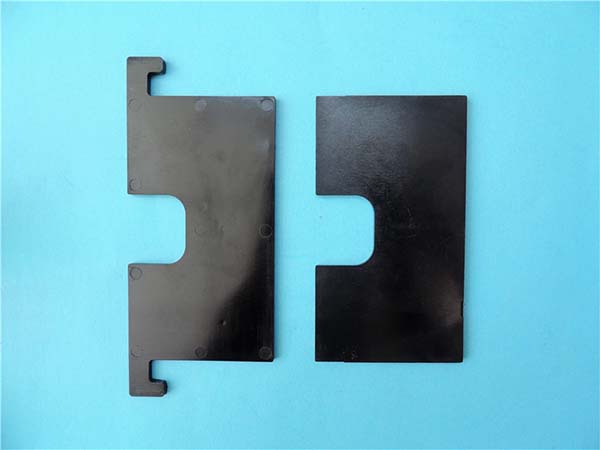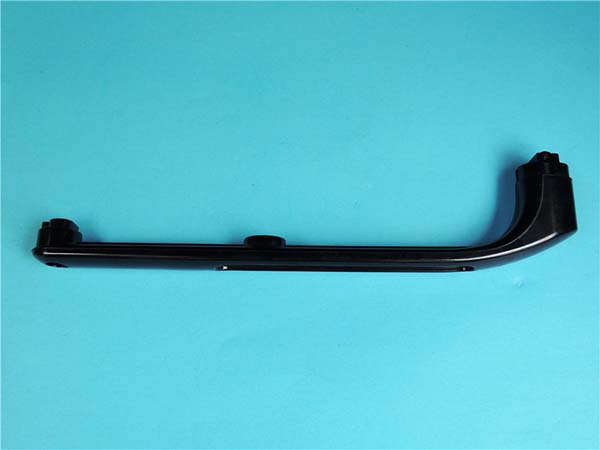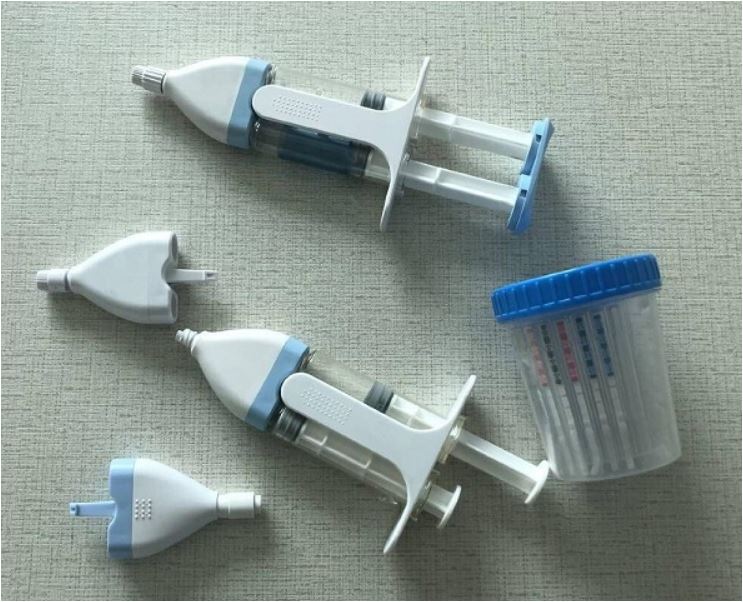1. Introduction
1.1 Definition of Aerospace Prototyping
Aerospace prototyping refers to the process of creating preliminary models, mock - ups, or samples of aerospace - related components, systems, or vehicles. These prototypes are not the final products but serve as crucial stepping - stones in the development cycle. They are designed to test concepts, evaluate performance, and identify potential design flaws before full - scale production commences.
In the aerospace industry, which encompasses aircraft, spacecraft, satellites, and related technologies, prototyping is of utmost importance. For instance, developing a new commercial airliner like the Boeing 787 Dreamliner involved extensive prototyping. The prototypes allowed engineers to test the innovative composite materials used in its construction, ensuring they could withstand the extreme forces and environmental conditions during flight. Without proper prototyping, the risks associated with new aerospace designs would be prohibitively high. Errors or oversights in design could lead to catastrophic failures during actual flights, endangering lives and causing significant financial losses.
Moreover, in the development of space exploration vehicles such as NASA's Orion spacecraft, prototyping played a key role. Prototypes were used to test the re - entry systems, which need to endure the intense heat and pressure as the spacecraft returns to Earth's atmosphere. By building and testing prototypes, engineers could make necessary adjustments to the design, improving the chances of a successful mission. In short, aerospace prototyping is the linchpin that bridges the gap between theoretical design and safe, reliable aerospace products.
2. Key Stages in Aerospace Prototyping
2.1 Conceptualization
The conceptualization stage is the inception of any aerospace prototyping project. It begins with in - depth market research. Engineers and designers need to understand the current market trends, customer demands, and potential competitors. For example, if developing a new small - satellite for Earth observation, they would study the existing satellites in the market, their capabilities, and the unmet needs of the users, such as higher - resolution imaging in certain spectral bands.
Simultaneously, a detailed requirement analysis is carried out. This involves defining the technical specifications, performance goals, and operational constraints of the aerospace product. For an aircraft prototype, requirements could include fuel efficiency targets, maximum take - off weight, and the number of passengers it should accommodate.
2.2 Design
The design stage is crucial as it lays the foundation for the entire prototype. Advanced design software such as CATIA (Computer - Aided Three - Dimensional Interactive Application) and SolidWorks are commonly used in the aerospace industry. These tools enable engineers to create highly detailed 3D models of the components or the entire vehicle.
Moreover, the design must adhere to strict aerospace standards and regulations. For instance, in aircraft design, it has to comply with the standards set by the Federal Aviation Administration (FAA) in the United States or the European Union Aviation Safety Agency (EASA) in Europe. These standards cover aspects like structural integrity, aerodynamics, and safety features, ensuring that the final product is safe and reliable for operation.
2.3 Material Selection
Material selection is a critical aspect of aerospace prototyping. Different materials have unique properties that make them suitable or unsuitable for various aerospace applications. Here is a comparison table:
| Material | Advantages in Aerospace | Disadvantages in Aerospace | Applications |
| Aluminum Alloys | Low density, good corrosion resistance, relatively high strength - to - weight ratio, cost - effective compared to some other aerospace materials | Lower strength compared to some alloys at high temperatures, susceptibility to fatigue cracking over time | Aircraft fuselages, wings, and internal components where weight reduction is crucial |
| Titanium Alloys | Exceptionally high strength - to - weight ratio, excellent corrosion resistance, can withstand high temperatures, good fatigue resistance | High cost, difficult to machine, complex manufacturing processes | Engine components (turbine blades, compressor disks), landing gear, and parts in high - stress and high - temperature environments |
| Carbon Fiber Composites | Extremely high strength - to - weight ratio, high stiffness, customizable properties, low thermal expansion coefficient | High cost, complex manufacturing and repair processes, vulnerability to impact damage | Aircraft wings, tails, and bodies for significant weight savings and improved performance |
| Nickel - Based Alloys | Outstanding high - temperature strength, excellent creep resistance, good corrosion resistance in harsh environments | High density, relatively high cost | Turbine engines (combustion chambers, blades) where they need to endure extreme heat and stress during operation |
2.4 Manufacturing
The manufacturing stage brings the design to life. There are several manufacturing processes used in aerospace prototyping.
3D printing, also known as additive manufacturing, has gained significant traction in recent years. It allows for the creation of complex geometries with high precision. For example, lattice - structured components can be 3D - printed, which are both lightweight and strong, ideal for aerospace applications.
CNC (Computer Numerical Control) machining is another widely used process. It offers high accuracy and repeatability. Complex parts like engine casings or wing ribs can be machined from solid blocks of materials such as aluminum or titanium alloys.
Sheet metal forming is used for manufacturing components like aircraft skins. The metal sheets are shaped into the required form through processes like stamping and bending, ensuring a smooth aerodynamic surface.
2.5 Testing and Validation
Testing and validation are essential to ensure the prototype meets all the requirements. There are various types of tests.
Simulated tests are often carried out first. For example, computational fluid dynamics (CFD) simulations can be used to analyze the aerodynamic performance of an aircraft prototype. These simulations can predict the flow of air around the aircraft, identify areas of high drag or turbulence, and help in optimizing the design before physical testing.
Mechanical testing, such as fatigue testing, is crucial. Components are subjected to repeated loading and unloading to simulate the stresses they will experience during their service life. This helps in identifying potential fatigue failure points.
For aircraft prototypes, actual flight tests are the ultimate validation. These tests are conducted in a controlled environment and monitored closely. Parameters such as flight performance, handling qualities, and system functionality are evaluated. Testing is of utmost importance as it helps in detecting any design flaws, performance issues, or safety risks early in the development cycle, saving time and cost in the long run.
4. Yigu Technology's Perspective
Yigu Technology, as a non - standard plastic and metal products custom supplier, plays a significant role in aerospace prototyping. In the aerospace industry, customized plastic and metal components are often required to meet unique design requirements. Yigu Technology's high - precision processing capabilities enable it to handle complex design blueprints.
For plastic components, Yigu Technology can utilize advanced injection molding and 3D printing techniques. The injection molding process ensures high - volume production with consistent quality, while 3D printing allows for the creation of intricate geometries that are difficult to achieve through traditional methods. These plastic components are used in various aerospace applications, such as interior parts where weight reduction and corrosion resistance are crucial.
Regarding metal components, Yigu Technology is proficient in CNC machining of metals like aluminum, titanium, and nickel - based alloys. The ability to precisely machine these metals according to the strict tolerances required in aerospace prototyping is essential. By providing high - quality customized plastic and metal products, Yigu Technology contributes to making the aerospace prototyping process more efficient and of higher quality, helping aerospace companies bring their innovative concepts to life.
5. Conclusion
In conclusion, aerospace prototyping is an intricate and indispensable process in the development of aerospace products. From the initial conceptualization, where market research and requirement analysis lay the groundwork, to the final testing and validation, every stage plays a crucial role.
The design stage, with its reliance on advanced software and strict adherence to standards, ensures the structural and functional integrity of the prototype. Material selection is a balancing act, weighing the advantages and disadvantages of various materials like aluminum alloys, titanium alloys, carbon fiber composites, and nickel - based alloys to meet the specific needs of aerospace applications. Manufacturing processes such as 3D printing, CNC machining, and sheet metal forming bring the design to life with precision and efficiency. Testing and validation, through simulations, mechanical tests, and flight tests, are the gatekeepers that guarantee the safety and performance of the final product.
However, aerospace prototyping is not without its challenges. High costs, strict regulations, and the need for continuous innovation pose significant hurdles. As the aerospace industry continues to evolve, with the development of new aircraft, spacecraft, and satellite technologies, the importance of effective prototyping will only increase. It is through well - executed prototyping that the industry can push the boundaries of what is possible, while minimizing risks and ensuring the highest standards of quality and safety.
6. FAQs
6.1 What materials are commonly used in aerospace prototyping?
Commonly used materials in aerospace prototyping include titanium alloys, carbon fiber composites, aluminum alloys, and nickel - based alloys. Titanium alloys offer a high strength - to - weight ratio, excellent corrosion resistance, and can endure high temperatures. Carbon fiber composites are known for their extremely high strength - to - weight ratio and customizable properties. Aluminum alloys are popular due to their low density and good corrosion resistance, while nickel - based alloys are favored for their outstanding high - temperature strength and creep resistance.
6.2 How long does the aerospace prototyping process usually take?
The duration of the aerospace prototyping process varies significantly depending on factors like the complexity of the design, the manufacturing processes involved, and the availability of materials. For relatively simple components, it might take a few weeks to a couple of months. However, for complex aerospace systems such as a new aircraft prototype, the process could span several years. On average, a moderately complex aerospace prototyping project might take 6 months to 2 years from the initial concept to the final testing phase.
6.3 What are the main challenges in ensuring the accuracy of aerospace prototypes?
The main challenges in ensuring the accuracy of aerospace prototypes include the precision of manufacturing equipment. Even minor deviations in CNC machines or 3D printers can lead to significant errors in the final product. The skills and experience of the 操作人员 are also crucial. A lack of proficiency can result in mistakes during programming, machining, or assembly. Additionally, the properties of the materials used can pose challenges. Some materials may have inconsistent characteristics, and their behavior during manufacturing processes like heat treatment or forming can be difficult to predict accurately, affecting the final dimensions and performance of the prototype.
